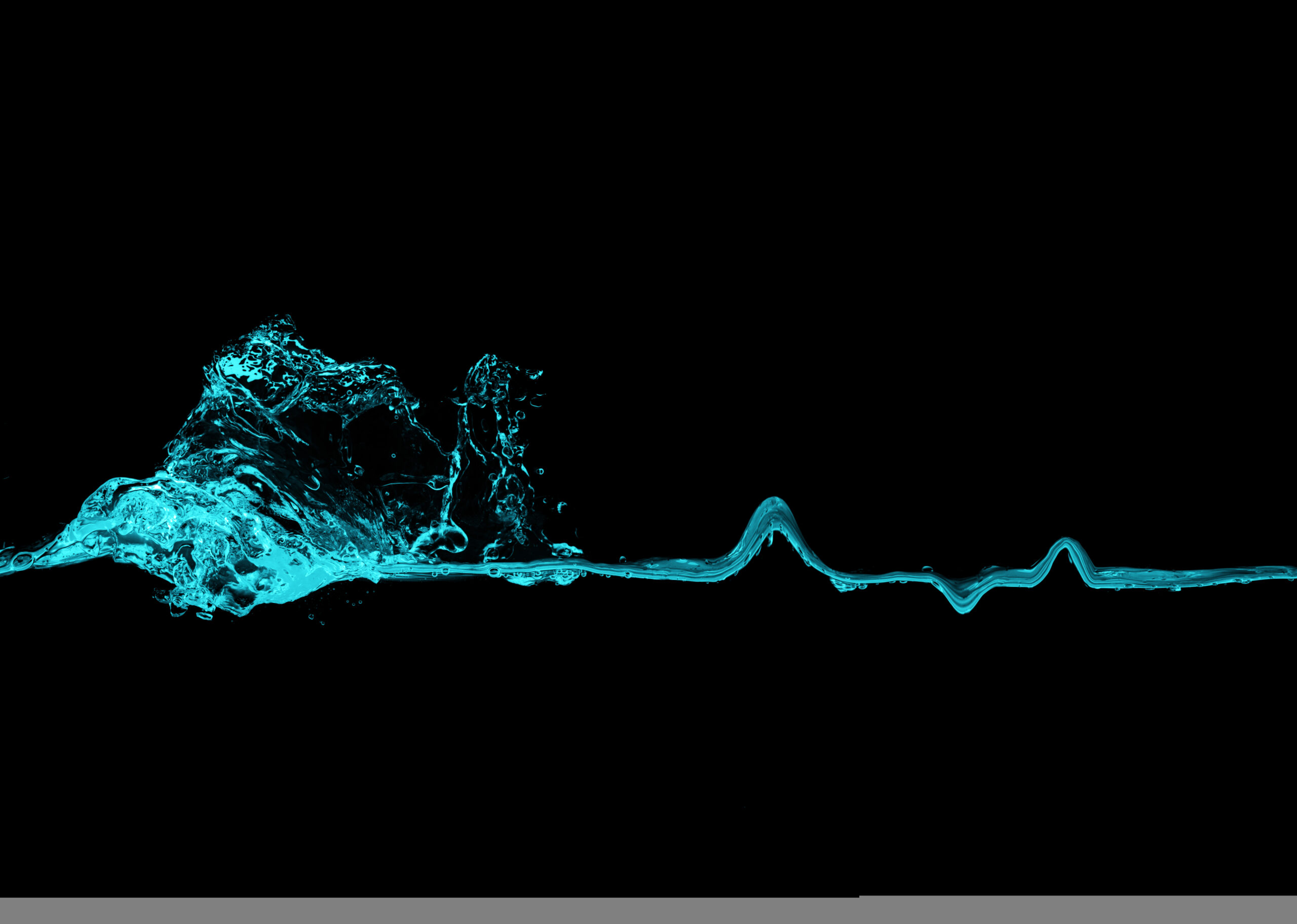You can only address what you can measure. Amid increasing volatility in water resources around the globe, this adage is driving a rethink of priorities toward water stewardship, especially in industrial and municipal settings. Risks abound in both under- and overtreating water for contaminants and pollutants. This makes monitoring and measurement a crucial first step in water management regimes around the world.
In this interview, Emerald’s Singapore-based water guru Kelven Lam discusses the importance of monitoring as part of the broader stack of H2O technologies.

What are the key developments you’re currently following in technology for water monitoring?
It’s all about real-time monitoring now. Typically, a water manager will take a sample from a water supply and test it in a lab. This can give you a precise and granular reading of what is in that sample, but it is only a very small snapshot, when what you want is a full picture of how safe your water supply is. The whole lab testing process can also be extremely time- and labor-intensive, adding cost and complexity.
How does real-time monitoring differ?
We’re seeing more and more companies making smart sensors that can give you a continuous reading of certain contaminants. Our recent investment in bNovate is a good example of this. The company’s sensors allow you to track overall levels of microbes in your water supply. If spikes occur, you’ll see them instantly. You don’t need to take samples at random times or, worse yet, in response to an incident in which someone falls ill due to contaminated water.
What are the main things people are monitoring for?
Microbes are obviously a big one. Heavy metals are another issue. In recent years, concern has also been growing about PFAS, also known as “forever chemicals”, which come from industrial coatings and circulate widely in water supplies. Regulators are growing increasingly alarmed about the deleterious health effects of PFAS, and we’re seeing increasingly stringent limits on concentrations of these chemicals in water supplies.
How does real-time monitoring help with water management?
Erratic monitoring can lead to under- or overtreating water for pollutants and contaminants—an undesirable outcome either way. Obviously undertreating will result in unsafe water, while overtreating can cause all kinds of other headaches. Take, for instance, Legionella bacteria in water in cooling towers for building HVAC systems. This pathogen can cause terrible pneumonia, so building managers are constantly pumping disinfectants into the water to prevent proliferation. This costly procedure gradually degrades the cooling tower equipment and requires eventually dumping the disinfected water. Why not just monitor the water instead and only treat if bacteria are detected?
What are the limitations of real-time monitoring?
With real-time monitoring, it is still quite challenging to understand exactly what the contaminant is you’re observing. You may know that you are seeing a spike in biological pathogens, but real-time monitoring typically cannot tell you which kind of pathogen. Or with heavy metals, you may be able to measure them via some kind of proxy, like the amount of dissolved solids, but it’s not going to tell you exactly which kind of metal.
With PFAS, unfortunately, real-time monitoring sensors are still not sensitive enough to detect these minute organic compounds. I imagine this could change within the next few years, as developers race to innovate in response to all the societal and regulatory uproar about these chemicals. I think water managers will take any solution they can get their hands on to help them detect PFAS in real time, even if the technology is still a bit crude.
